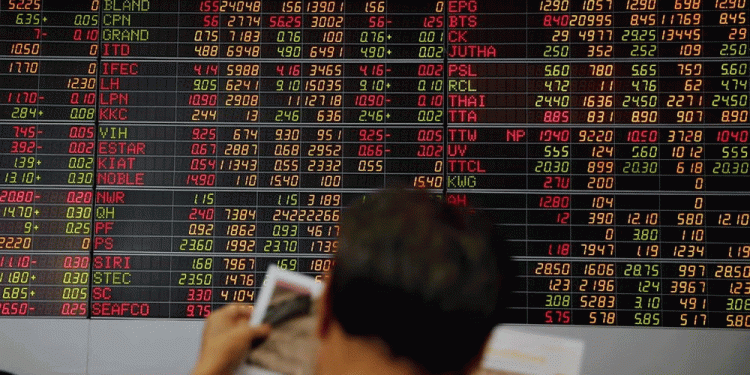The volume of Cambodia’s rubber exports doubled in the first half of 2017, while the land area of rubber plantations also rose by 70 percent, according to a Ministry of Agriculture, Forestry, and Fisheries report released this week.
The report showed rubber exports from January to June was 65,556 tonnes, up 197 percent when compared with the same period a year earlier. The number of hectares under cultivation meanwhile rose 11.6 percent to 433,827 hectares.
Total cultivation by June this year also increased by 70 percent to 92,379 tonnes, up from 54,320 in the same period last year, stated the ministry report, with showed the average price for Cambodia’s rubber was $1,450 per tonne in the same period.
Pol Sopha, director-general of the ministry’s general directorate of rubber, said plantations had been harvesting a large amount of rubber, expressing optimism for the expansion of the industry.
“If the price keeps stable, we believe the land area of rubber plantations will continue to increase because rubber is still a strategic crop,” Mr Sopha said.
According to Mr Sopha, Vietnam, Malaysia and China are Cambodia’s main rubber markets.
Global economy issues including crude oil prices, fluctuating currency exchange rates, and the price of other commodities on the markets will likely drag down the global rubber price in years to come, he added.
Agriculture Minister Veng Sakhon said last week that from 2018 to 2022, rubber supply would rise by more than demand, which would also push the price down.
However, he said from 2023, the price would rise again as demand overtakes supply.
Lim Heng, vice president of An Mady Group Co, welcomed the prospect of stable rubber prices this year and next, but called on government to consider reducing tax on rubber exports, to boost domestic investment.
“The rubber price is currently positive and stable because it is related to oil prices,” Mr Heng said. “But we want the government to consider reducing tax for rubber exports when the global price goes down, to help local investment compete with others in the market.”
While trying to expand into international markets, especially China, which is the world’s biggest rubber importer, the Cambodian government is also working to establish domestic factories for rubber products to create jobs, Mr Sopha said.
- khmertimeskh.com



























